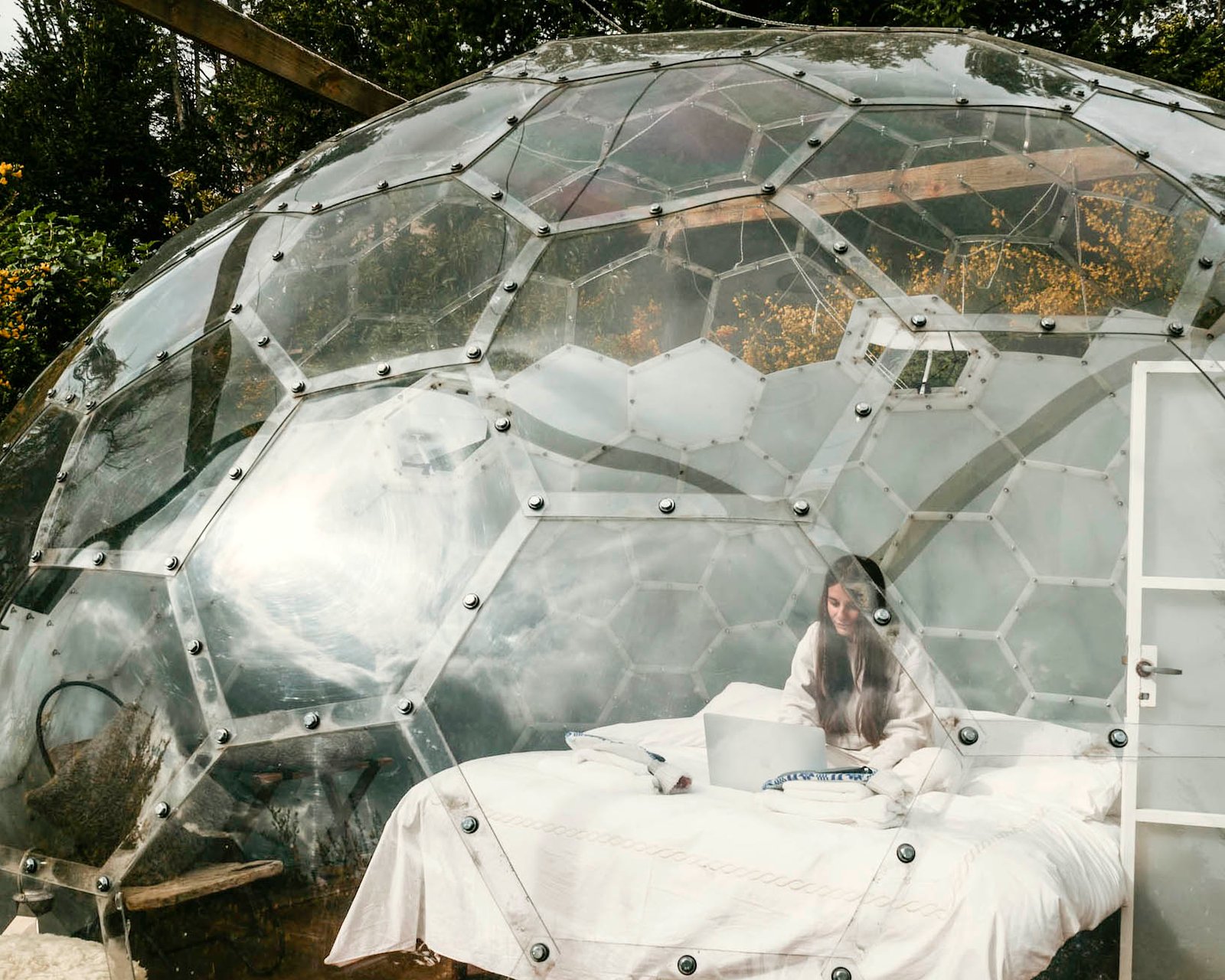

Glamping is the New Way to See Argentina
How about a trip through the lush landscapes of Argentina, from Salinas Grandes to El Chaltén, with nights spent in luxurious geodesic domes?
By Julián Varsawsky
Photos: Julián Varsawsky y cortesías
Here is a plan for traveling around Argentina that features the chance to overnight in luxurious geodesic domes in the solitude of Salinas Grandes, the mountains of Jujuy, the shade of a Cordoba forest, on a Patagonian lakeshore in Villa La Angostura, and at the foot of the Andes in El Chaltén.
Mirroring the exponential growth of Zoom during these times, the pandemic has sparked a boom in glamping (glamorous camping) in Argentina. Glamping has become the new trend in luxury travel to isolated and untouched locations.

It may not be budget travel, but the devaluation of Argentina’s currency means it is affordable for international travelers.
This form of lodging differs from a hotel mostly in the type of enclosure that cocoons guests from the outdoors: the soft walls of the geodesic domes form a more subtle barrier and the campground makes only a minimal impact on the surrounding environment. You can see the stars, the forest, or the desert just by sticking your head out the door. The transparent ceiling and wall panels bring the outdoors in, providing a much better show than any television program. Amenities include queen beds, electricity, air conditioning, heating, bathrooms with a shower, and a sun deck. You can have breakfast delivered to the tent on a tray, or partake of a buffet or fine dining under canopies.
These are wind-resistant and waterproof geodesic domes, or Norwegian “bubbles,” lightweight constructions that can be broken down and removed with no trace left behind. Glamping domes can be found in every province, but here we suggest five options for international visitors who want to explore Argentina from north to south, not forgetting the center. We offer some highlights of a boundless country.
In the Midst of a Salt Desert
Located in the Andean northwest —the Jujuy province, geographically and culturally close to Bolivia— Salinas Grandes offers one of Argentina’s most dazzling landscapes. It is also the site of the new Pristine Camps, the country’s glamping star.
Our car winds up from the town of Purmamarca at the foot of the Siete Colores mountain; rounding a curve at nearly 11,500 feet brings us to Salinas Grandes, a sea of salt stretching as far as the eye can see. We leave the paved road behind to rumble across an altiplano —a high plateau that was thrust upward in its entirety in the Andes— that has all the appearance of a frozen lake. The car inches across the plain like an icebreaker toward six hemispheres that would be at home on a moon base.


We arrive in time for lunch. Chef Mariana García del Río awaits us with a starter of llama carpaccio in avocado cream with balls of goat cheese and a main course of marinated loin of llama -cooked in clay and straw- with rosemary pepper in grape leaves and a Malbec reduction with green apples, a rosette of Andean potatoes, carrot soup, and a cheese tuile. At sunset we settle down on the deck to admire the salt plain. It resembles a hexagonal net, precise as a spider web, repeated to infinity.
Night falls and two instructors guide us in stargazing and photography. An apocalyptic crash resounds as the rain suddenly comes thundering down. At daybreak, I open the curtains to see the salt plain covered with a layer of water, expanding the vast mirrored surface seamlessly into the horizon. The world is upside down; the sky has fallen to earth. There are clouds above my head and at my feet. I take my shoes off and walk out into the water, treading on clouds, as if levitating in a state of grace.
Quebrada de Humahuaca
The famous Quebrada de Humahuaca —a UNESCO World Cultural and Natural Heritage Site— emerges in the green valley of Cuesta de Bárcena, turning red a few miles ahead. We spend the night at The Canuto Glamping, using this as a base for touring the valley in a rental car. (It is about 12 miles from Purmamarca and around 37 miles from Tilcara). We are still in the province of Jujuy. The glamping site is visible on a hilltop: three double domes, each measuring a little over 200 square feet and sporting a huge window. A solar panel generates electricity and a wood-burning stove provides heat. From here the roads lead to the mountain top and a lovely waterfall.


Francisco Mulqui —who created this glamping site all on his own— prepares corn tamales in corn husks, quinoa salads, and sophisticated pork sandwiches. We savor it all in the dome, which features an outdoor table under a canopy to better contemplate the vastness of mountains rising 13,000 feet into the sky.
In the Woods of Córdoba
The tour continues southward toward the province of Córdoba in the center of the country. From Amboy, a town of three hundred inhabitants in the Calamuchita Valley, the road becomes a dirt track. Ahead lies the Aguada de Lunas glamping site camouflaged by a native dry forest. There are five two-story domes with bathroom facilities, powerful fans, gas stoves, and enormous panoramic windows of transparent fabric; the upstairs loft beds enjoy a view of the night sky. Looking out the window, I spot sheep, llamas, and a piebald mare grazing.



The domes are spacious and share the use of a swimming pool. We follow the stream that borders the glamping site to Amboy, a colonial town that seems deserted during the daytime. I indulge in a dip in a limpid well along the way. There is a natural swimming pool and a jacuzzi in a private glade.
Transparent Glamping in Neuquén
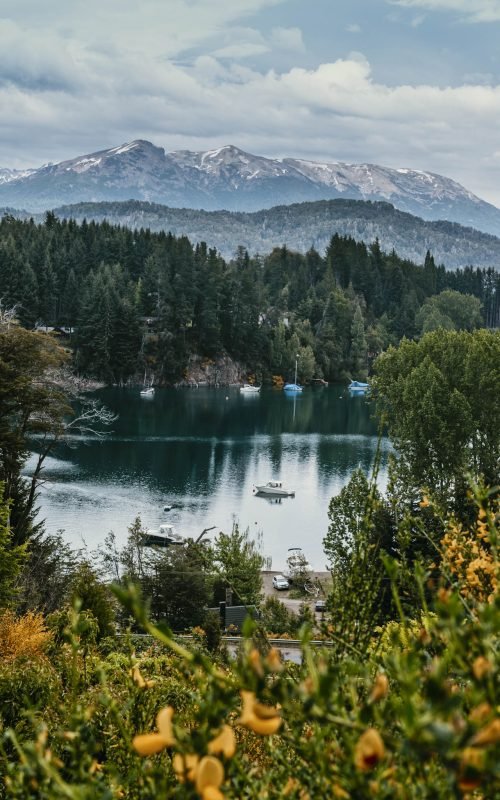

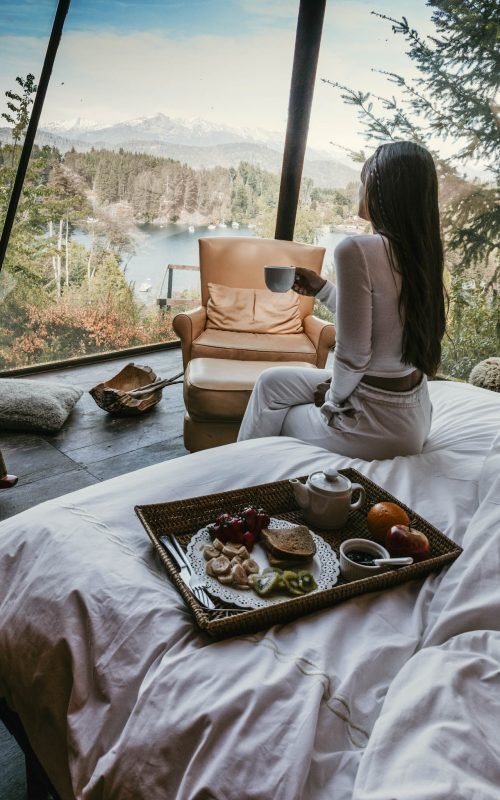

We fly to Bariloche and from there travel overland to the nearby city of Villa La Angostura. We continue to the outskirts and Bahía Manzano, which faces Lake Nahuel Huapi. We find the Inspira glamping ground, which includes a bubble dome, which is a type of construction popular in Norway with those chasing the aurora borealis, a pyramid, a classic dome, and another larger classic dome. Regardless of the shape, they all feature almost fully transparent roofs and walls. The beds are king size, complete with sleeping bags, electric blankets, and hot water bottles. There is are small tables, stools, and dishes for use in the common barbecue area. The complex is well camouflaged in the forest, invisible from all directions. A solar panel produces 70% of Inspira’s electricity. There is an outdoor jacuzzi and a separate bathroom building.
El Chaltén



Our next destination is El Calafate —in the province of Santa Cruz at the country’s far southern tip— for a look at the celebrated Perito Moreno glacier, followed by a bus ride to the Patagonian town of El Chaltén, the nation’s hiking capital and a world hub for recreational walkers. The town sits in the middle of a great amphitheater of mountains that reach for the sky like church spires across from the forbidding profile of Fitz Roy and its granite peak that points more than 11,300 feet into the air. About two miles away lies Chalten Camp and its six 280-square-foot domes with private baths, wood-burning stoves, solar energy, and panoramic views of Fitz Roy.
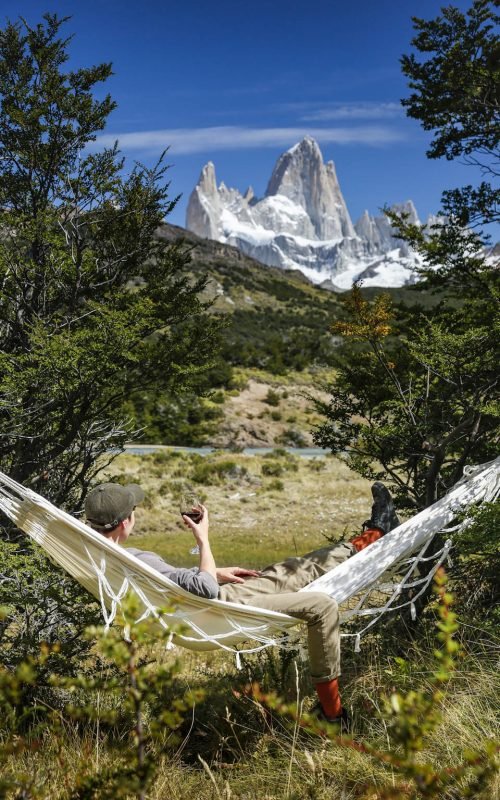

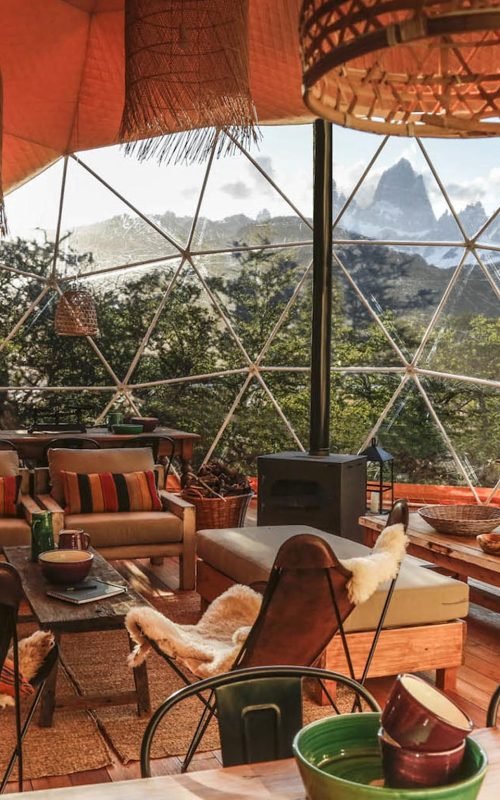

The deluxe decor is conducive to contemplation from the comfort of bed, but people visit El Chaltén to hike. You don’t need a car to reach trails like Laguna de los Tres, Laguna Torre, and Loma del Pliegue Tumbado from the glamping site. There are other smoother, more effortless trails, such as Laguna Huemul, the Rio De las Vueltas lookout, and Laguna Capri. We are welcomed back to camp with hammocks in the forest and dinner in the Patagonian night.
Currency Exchange
You can make the most of the affordable tourism prices in Argentina right now —owing to the low value of the peso— by bringing dollars, exchanging them on the free market, and paying in cash. Bargains can also be found on the Internet, even if they are priced in dollars.

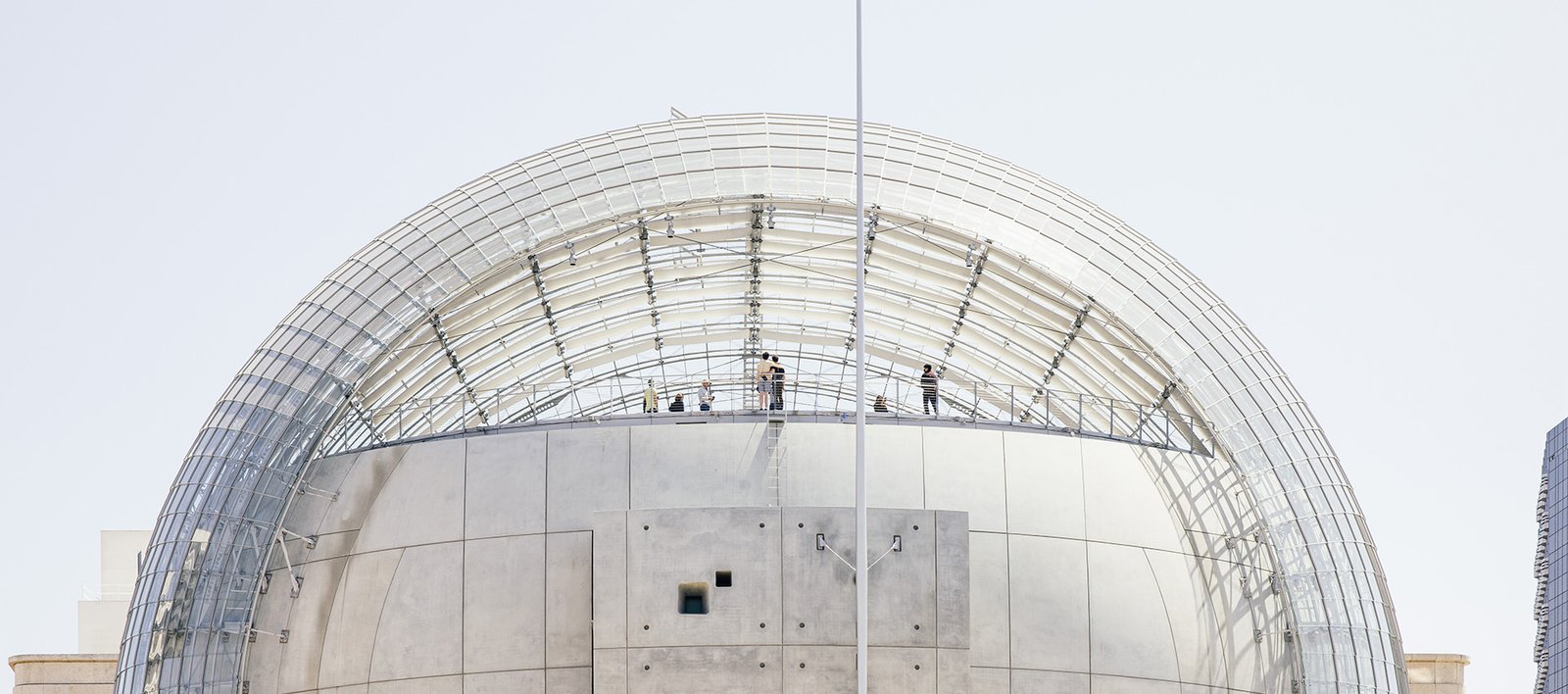
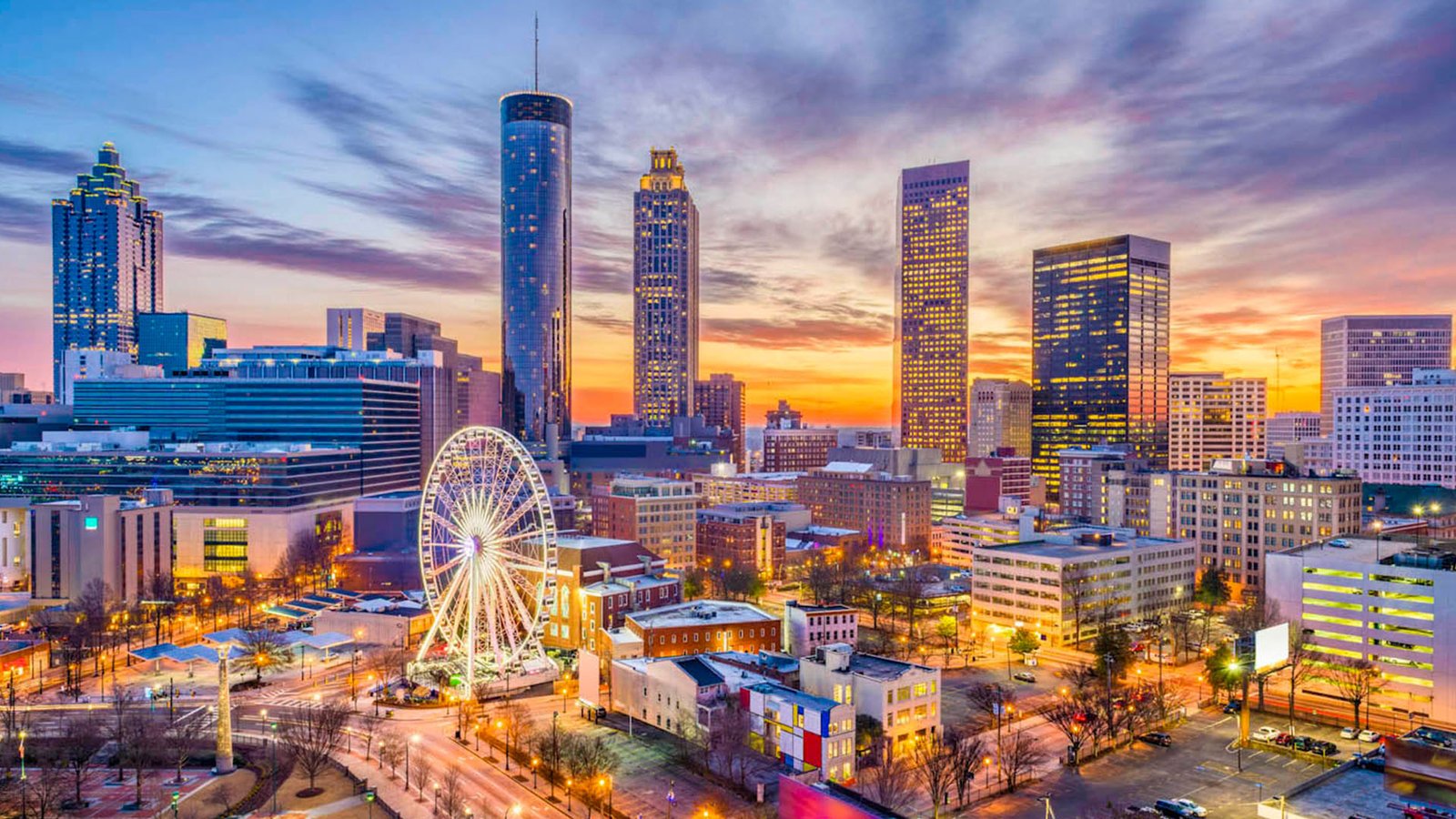

Leave a Reply